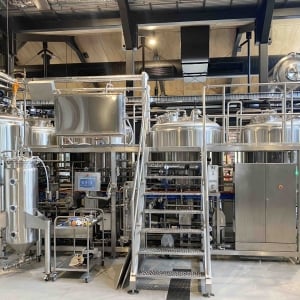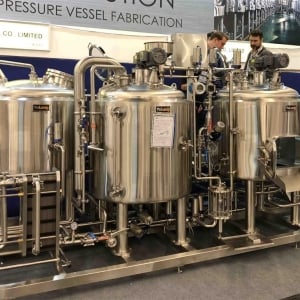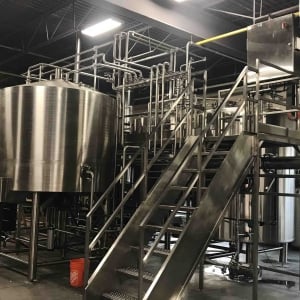What Types of Beer Can Be Brewed Using A Micro Brewing System?
Beer brewing has been around for thousands of years, and with the rise of microbreweries, it has become easier than ever to create delicious, high-quality beer at home. A micro brewing system is a perfect way to get started with home brewing, and it allows you to experiment with a wide range of different beer styles. In this post, we’ll explore the types of beer that can be brewed using a micro brewing system. Whether you’re a seasoned brewer or just starting out, this guide will provide you with everything you need to know to brew your favorite beer styles in the comfort of your own home. So grab a cold one, sit back, and let’s dive into the world of micro brewing!
What is Micro Brewing System?
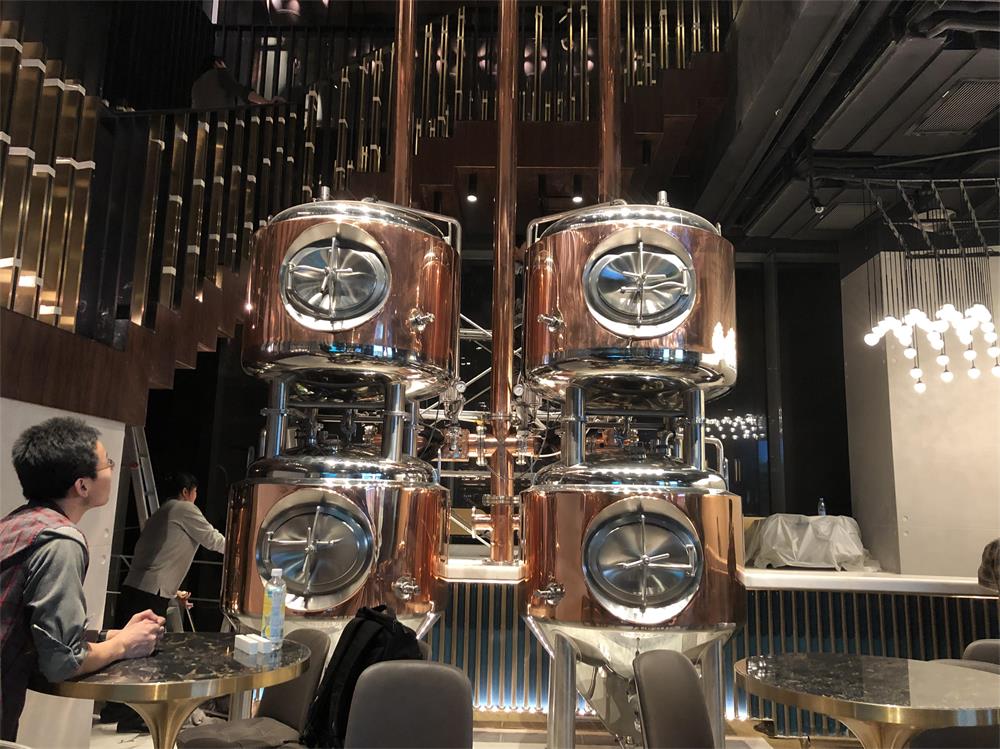
Micro brewing systems, also known as homebrewing systems, have gained immense popularity in recent years among beer enthusiasts and craft beer lovers. These systems are designed for small-scale production of beer, usually for personal consumption or distribution to a limited audience. Unlike larger commercial brewing systems, micro brewing systems are relatively smaller in size and are meant to be used in home or small-scale production settings. They are typically designed to produce anywhere from a few gallons to several hundred gallons of beer at a time, allowing for experimentation with different beer styles and flavors. The rise of micro brewing systems has opened up a whole new world of possibilities for beer lovers who want to explore the art of brewing and create their own unique beers.
Types of Beer That Can Be Brewed Using A Micro Brewing System
There are many different types of beer that can be brewed using a micro brewing system. Here are a few examples:
- Ales: Ales are a type of beer that are fermented at warmer temperatures using top-fermenting yeast. This results in a fruity, complex flavor profile. There are many different styles of ales, including pale ales, IPAs, stouts, porters, and brown ales. Each style has its own unique characteristics and flavor profile.
- Lagers: Lagers are a type of beer that are fermented at cooler temperatures using bottom-fermenting yeast. This results in a crisp, clean taste that is often lighter in color than ales. Some popular styles of lagers include pilsners, bocks, and Vienna lagers.
- Wheat beers: Wheat beers are brewed with a high proportion of wheat malt, which gives them a light, refreshing flavor and a cloudy appearance. There are many different styles of wheat beers, including hefeweizens, Belgian witbiers, and American wheat beers.
- Sour beers: Sour beers are brewed using wild yeast or bacteria, which creates a tart, acidic flavor profile. This style includes Berliner Weisses, Goses, and Flanders red ales. Sour beers have become increasingly popular in recent years, as more and more craft breweries experiment with this unique and complex style.
- Specialty beers: In addition to the more traditional beer styles, micro brewing systems allow for experimentation with a wide range of specialty beers. These could include fruit beers, spiced beers, barrel-aged beers, and more. The possibilities are endless when it comes to creating unique and innovative beer flavors using a micro brewing system.
No matter what style of beer you choose to brew, a micro brewing system provides an opportunity to experiment with different ingredients, flavors, and brewing techniques to create a truly unique beer.
Equipment And Process Of Micro Brewing
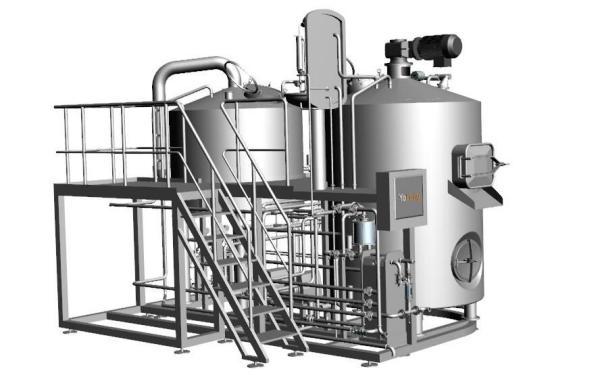
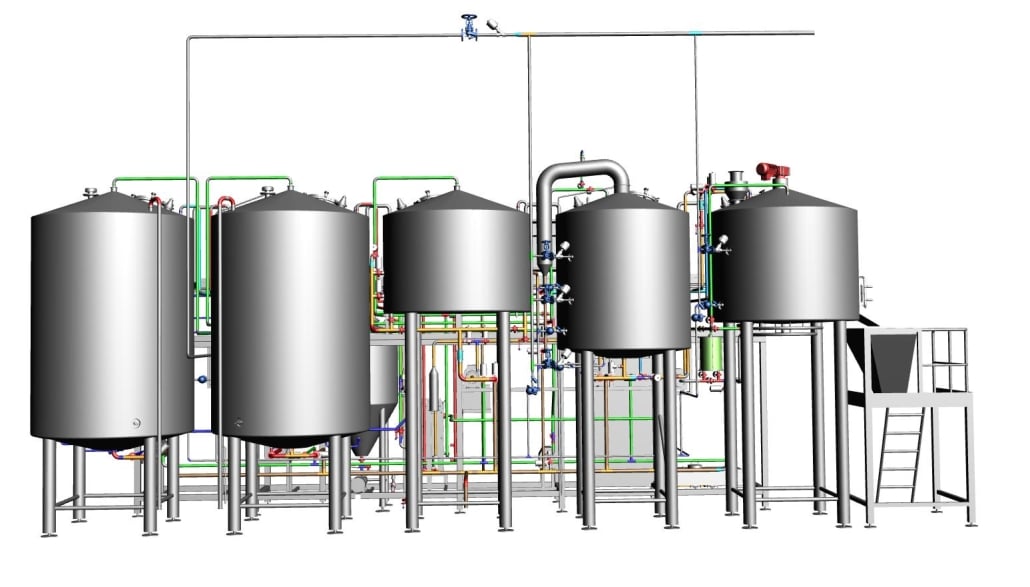
To brew beer using a micro brewing system, you will need a few essential pieces of equipment. Here is an overview of the equipment you will need and the basic brewing process:
- Mash tun: The mash tun is where you will mix your grains with hot water to convert the starches into fermentable sugars. A simple mash tun can be made by using a cooler with a false bottom or a stainless steel pot with a strainer.
- Brew kettle: The brew kettle is where you will boil the wort (the liquid extracted from the mash) with hops to add flavor, aroma, and bitterness. A basic brew kettle can be a large pot or even an electric kettle.
- Fermenter: The fermenter is where you will transfer the cooled wort and add yeast to begin the fermentation process. Fermenters can be made of glass, plastic, or stainless steel and range in size from a few gallons to several hundred gallons.
- Bottling or kegging equipment: Once the beer has fermented and carbonated, you will need to package it for storage and consumption. This can be done using a bottling bucket, bottles, and caps or a kegging system with a CO2 tank.
- The basic brewing process involves several steps:
- Mashing: Combine the grains with hot water in the mash tun and let them steep for an hour or so to convert the starches into sugars.
- Boiling: Transfer the wort to the brew kettle and bring it to a boil. Add hops at various intervals to achieve the desired flavor, aroma, and bitterness.
- Fermentation: Once the wort has cooled, transfer it to the fermenter and add yeast. Allow the yeast to ferment the sugars in the wort, which will create alcohol and carbon dioxide.
- Packaging: Once fermentation is complete, package the beer in bottles or kegs and allow it to carbonate. This can take anywhere from a few days to a few weeks depending on the method used.
There are many variations to this basic process, and homebrewers often experiment with different ingredients and techniques to create unique beer flavors.
Tips For Brewing Beer With A Micro Brewing System
If you’re using a micro brewing system for the first time, here are some practical tips and advice to help you get started:
- Temperature control: Temperature control is crucial for brewing high-quality beer. Make sure you have a way to regulate the temperature of your mash and fermenter. This could involve using a thermometer, a temperature controller, or a heating and cooling system.
- Sanitation: Sanitation is key to preventing contamination and ensuring the beer tastes great. Clean and sanitize all of your equipment thoroughly before and after each use. Use a sanitizer solution like Star San or Iodophor to sanitize your equipment.
- Recipe formulation: When formulating a recipe, make sure to choose high-quality ingredients and measure everything carefully. Start with a simple recipe and work your way up to more complex ones.
- Fermentation: It’s important to keep the fermenter in a cool, dark place and avoid exposing it to light or oxygen. Use an airlock to prevent oxygen from entering the fermenter and ruining the beer.
- Troubleshooting: Common issues that can arise during brewing include low attenuation, off flavors, and contamination. If you’re experiencing issues, refer to resources such as brewing books, forums, or online communities for help troubleshooting.
- Practice and patience: Brewing beer takes practice and patience. Don’t get discouraged if your first batch doesn’t turn out exactly as you planned. Keep experimenting and fine-tuning your brewing process until you achieve the desired result.
By following these tips and advice, you can ensure that your micro brewing system produces high-quality, delicious beer every time.
In summary, micro brewing systems have become increasingly popular among beer enthusiasts and craft beer lovers. These systems provide an opportunity to experiment with different beer styles, ingredients, and brewing techniques to create unique and innovative flavors. When using a micro brewing system, it’s important to have the right equipment, control the temperature, maintain good sanitation practices, and practice patience and persistence. Whether you’re a seasoned brewer or just starting out, a micro brewing system can be a fun and rewarding way to explore the art of brewing and create your own delicious beers.




